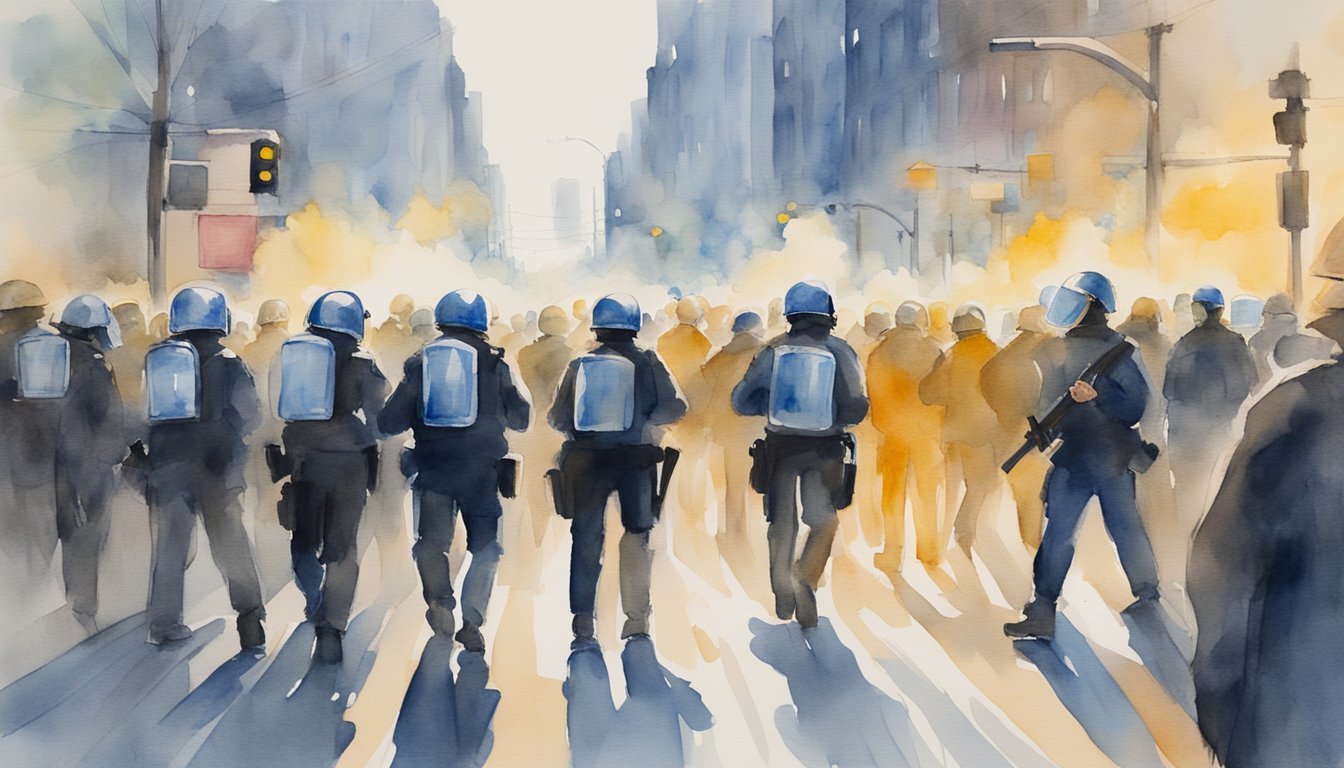Historical Context of Police Brutality
The phenomenon of police brutality has deep roots, intricately linked with the foundations and evolution of law enforcement in America. Its history is punctuated by systemic racism and violence that particularly targeted African American communities. Over time, marginalized groups have disproportionately suffered from excessive force and discriminatory practices, further eroding trust in law enforcement. While police brutality remains a dire issue in the United States, similar concerns arise in other parts of the world, with debates often drawing comparisons to the crime rate in South Africa. Addressing these injustices requires systemic reforms, accountability measures, and a commitment to protecting all citizens equally under the law.
Roots of Policing and Brutality in Early America
Policing in early America can be traced back to institutions like the slave patrols in the Southern states, which were established in the 1700s to maintain control over slaves. These patrols enforced discipline with violence and brutality, setting a precedent for the use of force against African Americans. In Northern cities, informal policing was also present to maintain social order among the poor, which often involved aggressive methods.
The Rise of Jim Crow and Institutionalized Racism
Following the Reconstruction era, the implementation of Jim Crow laws led to widespread racial segregation and discrimination in the Southern United States. Policing during this time was used to enforce these laws, further institutionalizing racism within the justice system. African Americans were disproportionately targeted, facing brutal treatment and excessive force at the hands of law enforcement.
Civil Rights Era and the Fight Against Oppression
The Civil Rights movement marked a significant struggle against systemic oppression, with law enforcement often positioned as the enforcer of discriminatory policies and practices. Countless incidents of police brutality were recorded during protests and marches, including the use of dogs, beatings, and high-pressure fire hoses against peaceful demonstrators, highlighting the ongoing battle against racial discrimination. The period marked a pushback against decades of violence and ushered in a wave of reforms aimed at protecting civil liberties.
Contemporary Issues and Responses

The escalation of police brutality has triggered significant public response and policy-making attempts aimed at reforming law enforcement practices across the United States.
High-Profile Cases and Public Outcry
In recent years, several high-profile incidents involving police brutality have led to widespread protests and movements. The murder of George Floyd in Minneapolis sparked a global outcry and gave new momentum to the Black Lives Matter movement. Similarly, the beating of Rodney King and subsequent Los Angeles riots, along with the shooting of Michael Brown in Ferguson, brought to light the stark realities of excessive force used by law enforcement, especially against African American communities.
Reforming Policing Practices and Accountability
Governments and police departments have been taking steps to address the issue through various reforms. There has been an emphasis on improving transparency and accountability, with policies such as the wider use of body cameras and review of qualified immunity doctrines. Some departments have revised their use-of-force policies and increased their investment in training to prevent violent confrontations and encourage de-escalation tactics.
The Role of Media and Public Perception
The media plays a crucial role in shaping public perception of police brutality. The Washington Post has been instrumental in tracking police shootings, while organizations like the National Advisory Commission on Civil Disorders have investigated the roots of civil unrest. Public opinion is increasingly shaped by a continuous media focus on cases of police misconduct, leading to a more informed and vigilant populace ready to demand justice and systemic change when it comes to law enforcement and the protection of civil liberties.

